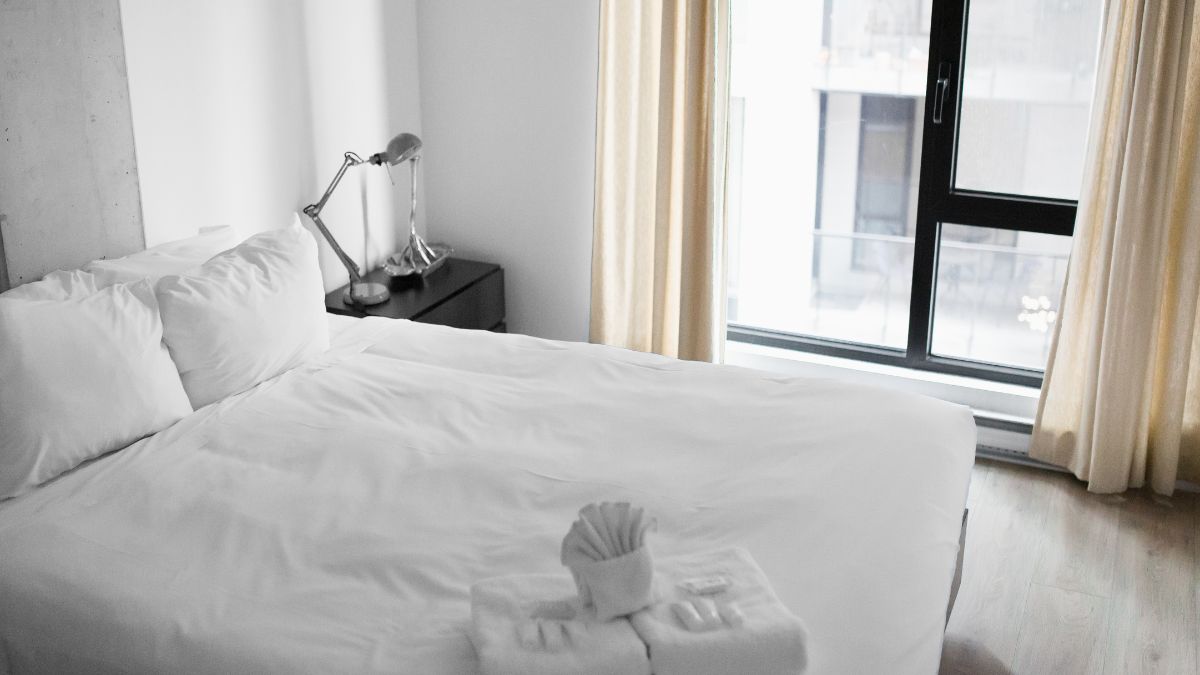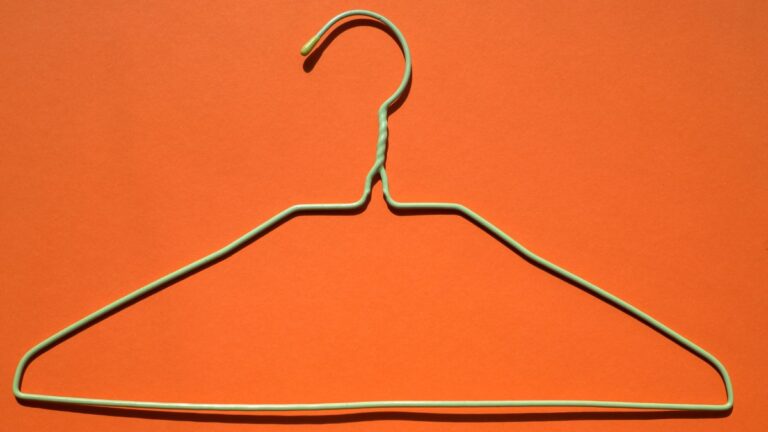How Do Hotels Keep Sheets and Towels White: The Art of Maintaining Immaculate Hotel Linens

As participants in Amazon Associates and other programs, we earn from qualifying purchases. This comes at no additional cost to you. For more details, see our Affiliate Disclosure.
When you check into a hotel room, one of the first things you notice is the crisp white sheets and fluffy towels. It’s a small detail that can make a big difference in your overall experience. But have you ever wondered how hotels manage to keep their linens looking so immaculate?
Maintaining the whiteness of hotel sheets and towels is an art form in itself. It requires careful attention to detail and a deep understanding of laundry science. In this article, we’ll explore the secrets behind the pristine appearance of hotel linens and how they’re able to keep them looking fresh and new.
The Science of Laundry: Understanding the Basics
The science of laundry involves understanding the basic elements that work together to remove dirt, grime, grease, and other impurities from fabric. These elements include detergent, water, and washing machines.
Detergent is tasked with the main job of removing dirt and other impurities that have adhered to fabric. Water is the main activator of detergent’s main stain-removing ingredients. Washing machines help to agitate and rinse the clothes to remove the dirt and impurities.
The Importance of Sorting: Separating Whites from Colors
Sorting laundry by color is important for several reasons. One of the main reasons is to keep dark or strong colors from bleeding onto lighter-colored or white items. This can help prevent color transfer and keep your whites looking brighter for longer.
Sorting laundry can also help you separate washables based on washing machine temperature, like hot water for whites and cold water for darks. This can help maintain the original color of colored clothing and prevent fading over time.
Choosing the Right Detergent: What to Look for
When choosing a laundry detergent, there are several factors to consider. One important factor is the presence of surfactants and enzymes. Surfactants help to remove dirt and other impurities from fabric, while enzymes can help break down protein-based stains like blood and grass.
Another factor to consider is skin sensitivities. If you or someone in your home has sensitive skin, you may want to choose a detergent that is free of dyes and fragrances1. It’s also important to consider the type of washing machine you have, as some detergents are formulated specifically for high-efficiency machines.
The Role of Water Temperature: Hot, Warm or Cold?
Water temperature plays an important role in laundry. The temperature of the water can affect the effectiveness of the detergent and the removal of stains.
Hot water is generally more effective at removing stains and sanitizing items that are particularly dirty. However, hot water can also cause some fabrics to shrink or fade.
Cold water is gentler on fabrics and is less likely to cause shrinkage or fading. It’s also more energy-efficient and better for the environment.
Warm water is a good middle ground between hot and cold. It’s effective at removing most stains while being gentler on fabrics than hot water.
Ultimately, the best temperature to use will depend on the type of fabric and the type of stain you’re trying to remove.
The Art of Stain Removal: Tips and Tricks
Here are some tips and tricks for removing stains:
- Act quickly: The sooner you address a stain, the easier it will be to remove.
- Blot, don’t rub: Use a paper towel or clean white cloth to blot the stain. Rubbing can spread the stain and make it harder to remove.
- Use cold water: Cold water can help prevent the stain from setting.
- Don’t let stains dry: Dried stains are harder to remove than fresh ones.
- Check labels or test before treating: Some fabrics may require special care. Always check the care label before treating a stain.
- Persist: Some stains may require multiple treatments to remove completely.
The Final Touches: Ironing and Folding for a Professional Look
Ironing and folding your clothes can give them a professional look. Here are some tips for achieving a polished finish:
- Use the right tools: A good steam iron, ironing board, and pressing cloth are essential for achieving a professional look
- Check the care label: Different fabrics require different ironing temperatures. Always check the care label before ironing
- Use a pressing cloth: A pressing cloth can help prevent scorching and protect delicate fabrics
- Iron in the right order: For shirts, start with the collar, then move on to the shoulders, cuffs, sleeves, and front panels. For pants, start by ironing the pockets, then move on to the waistband and legs
- Let clothes cool: After ironing, let clothes cool before wearing them. This will help prevent creases






